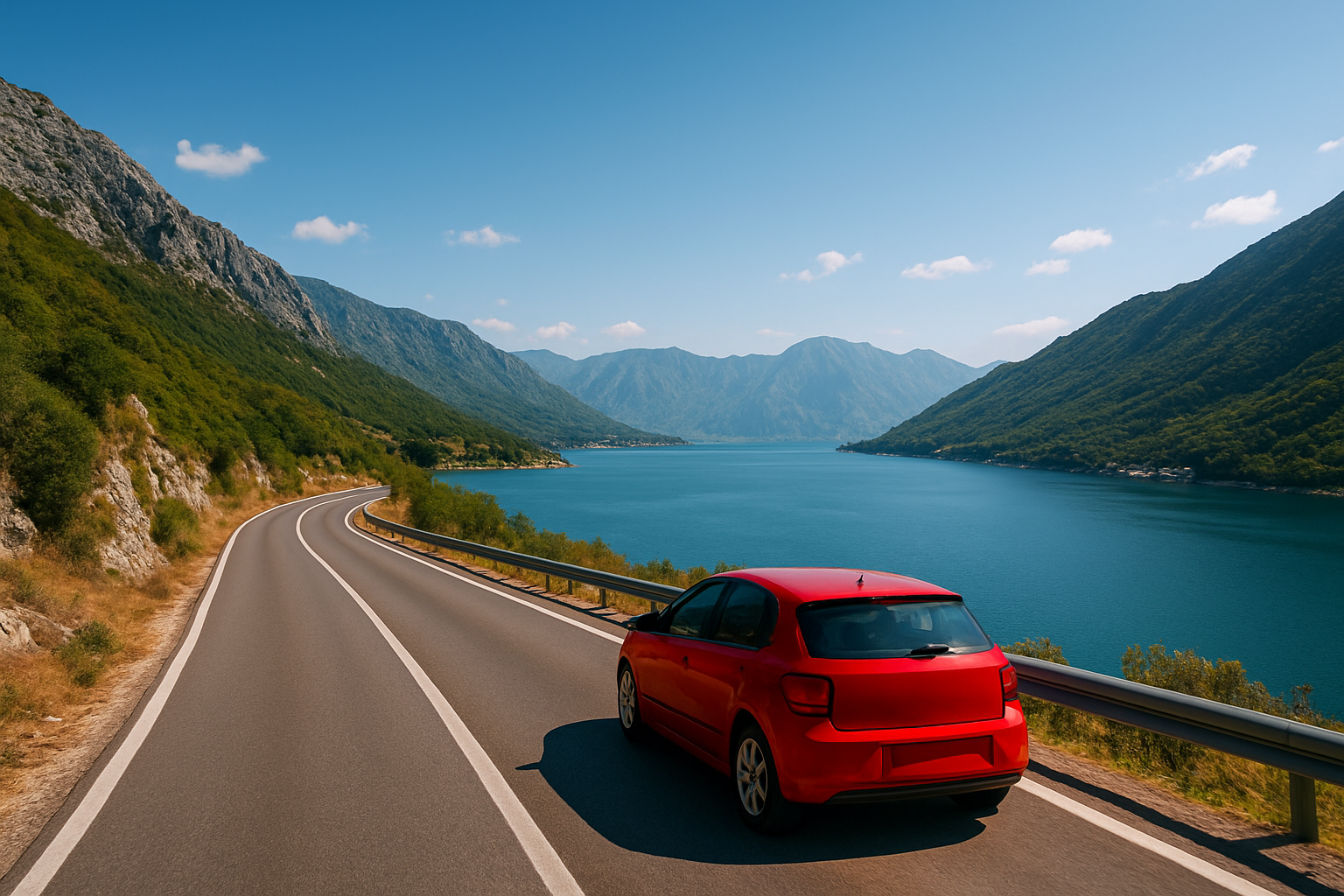Introduction: Why Understanding Car Rental Insurance Matters
Renting a car provides incredible freedom to explore at your own pace. However, with this freedom comes responsibility, and understanding your insurance options is crucial. Many travelers assume that basic insurance covers everything, but that’s rarely the case. Without proper knowledge, you could face unexpected costs if an accident or theft occurs. In this blog, we will guide you through what basic insurance usually includes, what it excludes, and how you can drive with peace of mind.
What Is Included in Basic Rental Car Insurance?
Basic rental car insurance usually provides only the minimum protection needed by law or rental company policy. It aims to protect you and the rental agency from the most common risks, such as damage to the vehicle or causing harm to others. However, the coverage often comes with limits that leave you partially exposed to financial risk.
Here’s what’s typically included:
- Collision Damage Waiver (CDW): Reduces your liability for damage to the rental car after an accident.
- Theft Protection (TP): Protects against costs if the rental vehicle is stolen.
- Third-Party Liability: Covers injuries or property damage you cause to others.
Keep in mind that basic insurance rarely covers personal injuries, property left inside the car, or roadside assistance. Each rental company has its own policies, so it’s essential to double-check the details before you sign the contract.
Collision Damage Waiver (CDW) Explained
The CDW, sometimes called an LDW (Loss Damage Waiver), is a key part of basic car rental insurance. It relieves you from paying the full cost if the vehicle is damaged. However, “relieving” doesn’t mean you pay nothing — it usually limits your responsibility to a deductible amount.
Important points to know about CDW:
- You may still have to pay a deductible between €500 to €2500 depending on the rental company.
- It generally does not cover damage to tires, windshield, roof, or undercarriage.
- If you violate rental terms (e.g., driving off-road, racing, or driving under influence), the CDW can become void.
Always perform a thorough inspection of the car before driving off and report any scratches or dents immediately. Taking timestamped photos is a smart move to protect yourself later.

Theft Protection: How It Shields You
Theft Protection is designed to limit your financial exposure if the rental car is stolen. Like CDW, it doesn't completely eliminate your responsibility but limits the maximum amount you’d have to pay.
What to remember about Theft Protection:
- It typically covers the replacement value of the vehicle minus a deductible.
- The policy may not apply if the car is stolen due to negligence (e.g., leaving keys in the ignition).
- Some policies extend to damages incurred during an attempted theft, such as broken locks or windows.
Precautions you should take:
- Always lock the car and never leave valuables visible.
- Park in well-lit, secure areas whenever possible.
- Keep the rental company’s contact details handy in case of emergency.
Being cautious reduces your chances of theft and ensures you’re fully covered if something does happen.
Third-Party Liability: Protecting Others (and Yourself)
Third-party liability insurance is mandatory in most countries and forms a critical layer of protection. It covers the costs if you injure someone or damage someone else's property in an accident.
Key aspects of third-party liability:
- It does not cover damage to your rented vehicle or your own medical costs.
- Limits can be surprisingly low in some countries; for instance, in parts of Latin America, it might cover only a few thousand dollars.
- Serious accidents can result in financial claims far exceeding basic insurance limits.
You might want to consider purchasing additional Supplemental Liability Insurance (SLI) for broader protection. For a small daily fee, it can raise your coverage limits substantially and protect you against severe financial loss.
Common Exclusions in Basic Car Rental Insurance
One of the biggest traps travelers fall into is assuming that "basic insurance" covers every possible incident. Sadly, this is not the case. Knowing the common exclusions helps you avoid costly mistakes.
Basic insurance often does not cover:
- Damage to tires, rims, windows, and the undercarriage
- Personal belongings stolen from the car
- Costs resulting from unauthorized drivers using the vehicle
- Accidents caused while breaking traffic laws or driving recklessly
- Roadside assistance in case of mechanical breakdowns
Always read the full terms and conditions of your rental agreement. When in doubt, ask the rental agent for clarification on what's included and excluded.
Should You Consider Additional Coverage?
While basic insurance provides some protection, it might not be enough depending on where and how you’re driving. You may want to consider additional coverage for extra peace of mind.
Additional coverage options include:
- Super Collision Damage Waiver (SCDW): Reduces your deductible to zero.
- Personal Accident Insurance (PAI): Covers medical expenses for you and your passengers.
- Roadside Assistance Coverage: Provides help for flat tires, lost keys, or breakdowns.
- Glass and Tire Protection: Specifically covers damage to windshields and tires, which are often excluded from CDW.
When should you buy additional insurance?
- If driving in rural areas or regions with poor road conditions.
- If your credit card does not offer sufficient rental coverage.
- If you want to avoid the stress of handling large deductibles.
Choosing wisely can save you a lot of money and frustration during your trip.
Conclusion: Be Smart, Drive Confidently
Renting a car can turn an ordinary trip into an extraordinary adventure, offering you the freedom to explore beyond typical tourist spots. However, understanding what your basic rental insurance covers — and what it doesn’t — is essential for protecting yourself from unexpected expenses.
While Collision Damage Waiver, Theft Protection, and Third-Party Liability form the backbone of basic rental coverage, they often come with limitations and exclusions. Carefully reviewing your rental agreement, considering supplementary insurance when appropriate, and using credit card benefits where possible ensures you’ll be fully protected.
Drive smart, stay insured, and enjoy your journey without worrying about what might go wrong.




